
Between the ages of 0 and 14 years old, children are constantly at risk of minor wounds that pose life-threatening hazards. Small parts of toys and household objects are common choking hazards and do quite a bit of damage when overlooked. This blog breaks down the minutia of choking hazards into clear and concise categories. In this post, we will analyze the step-by-step prevention of choking hazards, including the most common sources of these problems, guidelines for detecting perilous objects, and age-appropriate recommendations. I do no doubt that by the end of this post, you will know how to protect your toddler in detail and will be able to change some of your household objects thoughtfully.
What are considered small parts according to the Code of Federal Regulations?
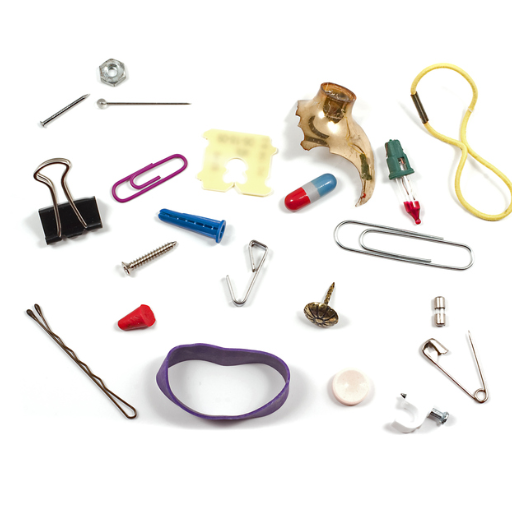
As per the Code of Federal Regulations (CFR) citation under Title 16, part 1501, small parts are defined as any item that can completely fit into a small parts test cylinder that models the opening of a young child’s throat. The cylinder has a diameter of 1.25 inches with a depth of 2.5 inches. Any child younger than three years of age would be at risk of choking on any item or piece of an item that can fit in this cylinder. Examples are broken components of toys, small balls, screws, buttons, and certain product detachable components. This regulation sets an essential standard for manufacturers, testing laboratories, and consumers in addressing potential choking hazards.
How does the CPSC define small parts?
According to the Consumer Product Safety Commission (CPSC), small parts include any item that is fully enclosed within the small parts test cylinder, which has the approximate measurement of a child’s throat. This criterion is made especially to avoid choking dangers for kids under three years old. If an item's component can be fitted into the test cylinder, then that part is categorized as a small part. Such parts are regulated under safety standards specified to mitigate risks.
What is the small parts tester and how does it work?
The small parts tester, also known as the small parts test cylinder, is primarily used as a functional tool by the Consumer Product Safety Commission (CPSC). It is utilized to check if an item or object can choke children, age three, or younger. The dimensions of the cylinder are made to measure the maximum volume that a child’s throat can swallow; when fully expanded, the throat can swallow an object upto a quarter of an inch deep and two and a quarter inches wide.
The entire object or its components are put inside the cylinder when using the small parts tester. If the object fits into the cylinder completely, it is a small part, posing a choking hazard for toddlers. The test is conducted on children in both their normal state and when subjected to a reasonable amount of damaging force like pulling, twisting, or dropping, resulting in much smaller fragments.
This form of testing is essential for manufacturers and established organizations to validate that the toys, childcare products, and even household appliances consider all the safety factors and minimize the injury risk on children.
Are there exceptions to the small parts regulation?
Indeed, specific articles are exempt from the small parts regulation. Products such as balloons, crayons, and some writing tools are not covered because they serve a particular purpose and are not classified as toys. Furthermore, all articles of paper, cloth, or yarn are usually exempt, provided those articles do not have small components attached. These exceptions exist because of the types of materials or their uses which, under reasonable conditions, pose a lesser choking hazard. The regulations also provide exempt items meant for children over three years of age as long as there is qualifying advertising and packaging during the product's sale.
How can parents identify potential choking hazards in toys?
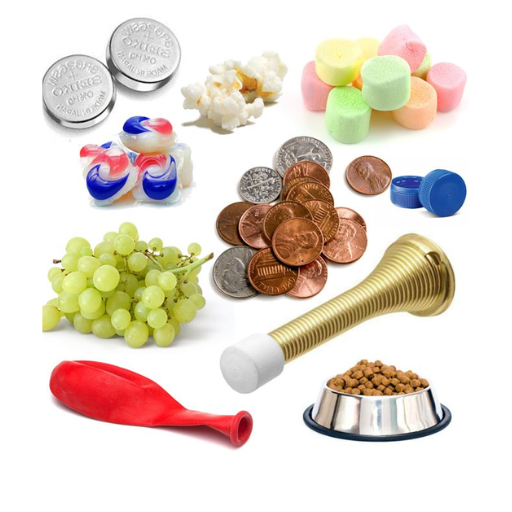
By observing the toys’ construction as well as the size of their various components, parents can easily detect any worrying elements that may potentially lead to choking. Toys measuring small components that fit entirely into a small parts test cylinder should not be within reach of children under three. Furthermore, check for any removable pieces, such as buttons or buttons that are not skillfully fastened, as they can break off during use. Always check the age or warning labels provided by the manufacturer, as they provide essential safety information regarding the toy and the age group the toy is intended for. Also playtime supervision is critical for lowering the minimum possible risk.
What are everyday household items that pose choking risks?
Choking risks are associated with everyday household items like small coins, buttons, marbles, and batteries, particularly button batteries. Young children are often exposed to high-risk foods like grapes, nuts, hard candies, popcorn, and meat or cheese chunks, which can easily be a choking hazard. Moreover, balloons, which can deflate and shed tiny pieces of latex and removable parts of household items like pen caps or broken pieces of jewelry, need to be thoroughly examined. To minimize the risk of choking, these items should be stored safely away from children’s reach, especially those under three years old.
How to use the toilet paper roll test for identifying choking hazards
The easiest way to identify choking hazards for young kids would be to do the toilet paper roll test. Using an empty toilet roll, I check if any object fits through it. Children below the age of three will be prone to choking if the roll is filled with more than one item because the size of the roll portrays a child’s airway. I pay attention to toys, household items, and pieces of small food to ensure they are safe, and I keep those items that fail the test out of reach.
What age groups are most at risk for choking on small objects?
Mainly, children under the age of three are the most likely to be choking prone. This age demographic has the narrowest airways, and they explore their surrounding environment using their mouths, which puts them in further danger. Also, their chewing and swallowing capabilities are underdeveloped, which increases the risk of choking. For that reason, there needs to be constant supervision of their activities and the environment and objects around them.
What are the CPSC guidelines for safe toys regarding small parts?

The Consumer Product Safety Commission (CPSC) has strict regulations concerning the safety of toys for children, specifically those aged three years and younger. The CPSC states that toys designed for children in this age bracket should not have small parts that could be a choking risk. Also, a toy or its detachable parts must not be small enough to fit into a cylinder that represents a young child's throat, indicating that the toy is in no way dangerous with respect to the child’s airway. Labels and warnings which aid caregivers in making toy selections that are appropriate for a child’s developmental level must also be provided by manufacturers.
How does the CPSC regulate toys for children under three?
CPSC uses certain guidelines to regulate toys meant for children under the age of three. They ensure there is no chance of risk by enforcing rigorous safety measures. Every toy must adhere to the Federal Hazardous Substances Act (FHSA) and the Consumer Product Safety Improvement Act (CPSIA). Some of the comprehensive regulations include:
- Small Parts Standard: All toys and any removable component designed for children under three years of age should not fit entirely inside the cylinder that measures 1.25 inches (31.7 mm) in diameter and 2.25 inches (57.1 mm) long. Such dimensions ensure the toy components are free from obstructing a child’s airflow.
- Material Safety: Toys, as certified, should adhere to the set cease regulations, which include being free from any toxic substances such as lead and phthalates. Under the constraints of CPSIA, lead content must not exceed 100 ppm.
- Durability and Attachment: The components must be securely fastened, preventing parts from breaking away when subjected to regular play or reasonable abuse.
- Warning Labels: Caregivers must be provided with the age guidelines and safety warnings, ensuring no hazards are associated with the toys.
While playing, young children engage in numerous activities, which makes them prone to injury. The above measures are crucial in ensuring their safety.
What labeling requirements exist for toys with small parts?
Instructions or documents appealing to marketing for toys that contain small parts should have caution statements due to possible dangers. In addition, these toys must have caution statements on the packaging and promotional materials. Most labels have small parts not recommended for children under 3 years of age.” This label type is usually accompanied by one of several common danger symbols: a choking hazard. Warning and disclaimer statements in regards to such toys are not voluntary and for full compliance for federal laws CPSIA, CFR Title 16 Part 1500 should be followed:
- Font Size Used in Warning Text: There should be a clear flow of warning statement narrative. In cases where the narration is obstructive, people may miss the additional phrases that provide details about the numbers on that packaging.
- Eliminating Words has Standardized Instructions Examples below: “CHOKING HAZARD: Small Parts. Not Designed for Children Below Age of 3 Years.”
- Phrase Presentation Requirements: Phrases and the warning statement should Avoid Additional Details. Handler Elements Driving Font Visibility should not destroy the font's legibility while in normal usage.
These policies and regulations will affect children below the age of five, leading to undesired choking scenarios and situations.
How often are toy safety standards updated?
Just like any other industry, advancements in the manufacturing field, breaches in safety, and new advancements in safety research all incorporate updates to toy safety standards. Regulatory bodies, such as the United States’ Consumer Product Safety Commission (CPSC), examine the policies and regulations of these standards and update them every 3 to 5 years, or sooner if required. For instance, ASTM F963 (the Standard Consumer Safety Specification for Toy Safety) is updated regularly to keep up with the newer findings to which manufacturers have to comply. Updates are limited to the maximum acceptable toxic levels, mechanical safety measures, flammability requirements, and other technical standards, ensuring safety needs are met and science understood.
How can parents prevent choking incidents from small parts?
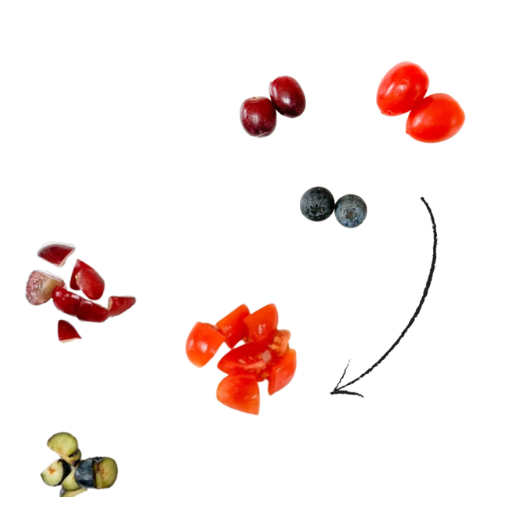
Keep in mind that as parents, you can eliminate the risks of choking incidents by being vigilant about the appropriateness of the toys for your child’s age. Always comply with the age recommendations and warnings that come with the package. Look out for toys that have small detachable parts for children below the age of three. Use a small parts tester or an alternative tool like a toilet paper roll. It is a choking risk if an object fits entirely within the testing tool. In addition, when very young children are playing, oversee the activity and constantly look out for broken, worn-out toys that can have small parts come off. Moreover, toys should be stored appropriately so that older siblings' toys are out of reach for younger siblings.
What steps can be taken to childproof a home against choking hazards?
To ensure safety against choking risks while childproofing a house, carefully examine the places children can reach. Ensure items that measure less than 1.25 inches wide and 2.25 inches long are put away or locked because they can help identify the risk of choking. Make sure coins, buttons, batteries, balloons and other small items are secured in places where children can not access them. In addition, small-piece toys are best stored in sealed containers, and the manufacturer's instructions should always be followed. Besides, scan stands and floors for lost belongings and frequently clean to remove other risks. Last but not least, remind all family members, even elder children, to put away their small belongings so toddlers do not access them. Use safety locks on cabinets and drawers to lower the chances of danger further.
How to teach children about the dangers of putting small objects in their mouths
During my teaching, I persistently articulate to children the danger of neck obstruction due to small items stuck in the throat, which can eventually compromise one's airways while breathing. I have noticed that verbal instructions alone do not do much good, so I also use toys and other mundane objects to illustrate the items they should not put into their mouths. I always ask them to eat without their utensils and to avoid putting anything inside their mouths until I say it is good. Eating while trying to engage in playful activities encourages them to remind themselves of the practices of self-restraint. With time, I also supervise their activities so as to gently prompt them when I need them to focus on something. Positive reinforcement is used when I see certain safe behaviors which I want to instill in them.
What should parents do if a child swallows a small object?
When a child swallows an object, the first step for parents to take is to not panic, instead pacing themselves. If there is no sign of excessive coughing, choking or respiratory problems, the object will most likely pass freely through the gastrointestinal tract. After this, keep an eye on the child to see if there are any signs of vomiting, stomach aches, or alterations to their bowel movements. You will also need to seek the help of a professional in order to confirm where the object is, if there is a blockage, and to make sure that there isn’t one.
Steps to take in case of choking or distress:
- Check for choking signs: Look for difficulty breathing, coughing, or speaking inability.
- Perform back blows and abdominal thrusts (for children over 1 year old):
- Deliver five firm back blows between the child’s shoulder blades using the heel of your hand.
- If ineffective, follow with five abdominal thrusts (Heimlich maneuver).
- Infants (under 1 year): Use five back blows and chest thrusts, not abdominal thrusts.
- Call emergency services immediately if the object is not dislodged, the child becomes unconscious, or experiences severe difficulty breathing.
Technical parameters to consider:
- Object size and type: Sharp or toxic objects require immediate medical attention, regardless of symptoms.
- Time to pass: Most non-dangerous objects pass naturally within 24-48 hours. If not passed in this timeframe, consult a doctor.
- Signs of gastrointestinal complications: Symptoms like severe abdominal pain, blood in stools, or fever necessitate urgent medical evaluation.
Prompt action and professional guidance ensure the child’s safety while minimizing health risks.
What are the most dangerous small parts that cause choking in toddlers?
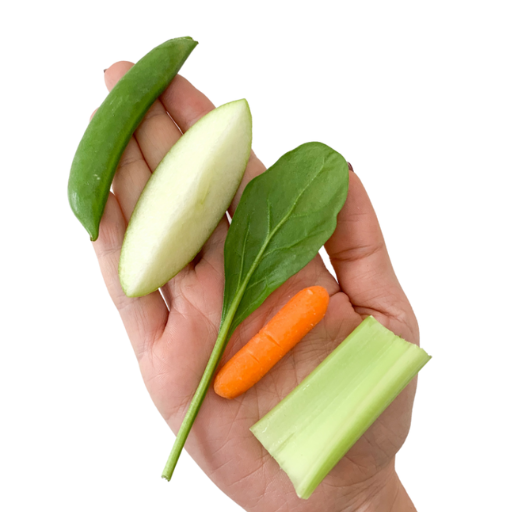
- Batteries (especially button batteries) pose a dual threat as choking hazards and sources of chemical burns if ingested.
- Small toys and detachable parts: This category includes items like building blocks, small figurines, and game pieces.
- Coins: Commonly swallowed due to their size and shape, leading to potential airway obstruction.
- Food items: Hard candies, nuts, grapes, and popcorn are among the most frequent choking hazards for toddlers.
- Balloon pieces: Deflated or broken balloons are particularly dangerous as they can mold the airway and completely block airflow.
- Jewelry and beads: Lightweight and often shiny, these appeal to toddlers but can cause choking if swallowed.
- Plastic caps and lids: Bottle caps or pen caps are everyday household objects that pose a serious risk.
To minimize these risks, always supervise young children during play and meals and keep small objects out of their reach.
Which types of toys pose the highest choking risk?
In my investigation, the greatest risk of choking comes from toys with small, easily detachable components, for instance, building blocks or action figures with accessories that can be taken off. Moreover, marbles, small balls, and toys designed for older children, yet still unsafe for younger ones, are extremely dangerous. Pieces of balloons and toys that have button batteries are also one of the most hazardous items because of their size and risk of significant injury if swallowed. When buying toys for toddlers and young children, it is essential to check the age recommendations and safety labels.
Are there specific materials more likely to cause choking?
Certain materials will always be more likely to cause choking based on their size, shape, texture and compressibility. Hard objects such as beads, coins and even nuts are hazardous because they can be inhaled and obstruct the airway. Smooth and rounded shapes such as marbles and grapes are also highly dangerous since they can easily slip and become lodged within the throat. Other compressible materials such as soft candies or certain types of rubber add onto the blockage further since they can easily take the shape of the airway. Safety organizations set standards that state that for young children, the objects provided should be above 1.25 Inches in diameter in order to reduce the chances of choking. These restrictions are significant when designing and manufacturing toys and food to ensure safety.
How do balloons factor into choking hazards?
Because balloons can easily take on the form of a child’s airway, they remain a highly significant choking hazard. Furthermore, inhaling pieces of deflated or malformed latex is not easy to expel due to these pieces being elastic and creating an airtight seal. Such pieces are vastly more dangerous than other small objects. Due to this, children must never be allowed close-to balloons without supervision.
References
- Choking Hazards | Infant and Toddler Nutrition - CDC
- Choking Prevention for Children - New York State Department of Health
- Choking Prevention for Young Children - California Department of Public Health
Frequently Asked Questions (FAQ)
Q: What is considered a choking hazard for toddlers?
A: A choking hazard for toddlers is typically any small object or toy part that can fit through a small-parts cylinder, which approximates the size of a young child's throat. This includes small toys, small balls, and other objects that children could potentially swallow, posing a risk of choking. The Consumer Product Safety Commission (CPSC) provides guidelines to help identify these hazards.Q: How can I determine if a toy has small, hazardous parts?
A: To determine if a toy has hazardous small parts, you can use a small parts tester or choke tube designed to mimic a child's airway. If a toy or its parts fit entirely within this tube, it's a potential choking hazard. Additionally, always check toy labels for age recommendations and warning labels about small parts.Q: What are the CPSC regulations regarding small parts in children's products?
A: The Consumer Product Safety Commission (CPSC) has established regulations under 16 CFR (Code of Federal Regulations) to address choking hazards in toys and other children's products. These regulations prohibit small parts in toys for children under 3 years of age and require warning labels on toys with small parts for children between 3 and 6 years old.Q: How can I ensure a toy is appropriate and safe for my toddler?
A: Always check the age recommendations on the packaging to ensure a toy is safe and appropriate for your toddler. Look for any warning labels about small parts or choking hazards. Inspect toys regularly for loose or broken parts that could become a choking hazard. Additionally, consider the child's ability to use the toy safely and supervise play time to prevent accidents.Q: What should I do in case of a choking emergency?
A: In case of a choking emergency, act quickly. For a conscious child, perform back blows and abdominal thrusts (Heimlich maneuver) appropriate for their age. If the child becomes unconscious, start CPR immediately and call emergency services. It's crucial to be prepared by taking a first aid and CPR course to learn the proper techniques for different age groups.Q: Are there any specific types of toys that pose a higher choking risk?
A: Yes, certain types of toys pose a higher choking risk. These include small balls, marbles, coins, button batteries, and toys with small removable parts. Balloons, both inflated and uninflated, are particularly dangerous. Toys that break easily or have sharp edges can also create small, hazardous pieces. Always be cautious with these types of items around young children.Q: Where can I find more information about consumer product safety and choking hazards?
A: For more information about consumer product safety and choking hazards, visit the official CPSC website at cpsc.gov. They provide comprehensive guidelines, recall information, and safety tips for parents and caregivers. You can also find detailed information about toy safety standards, including those related to small parts and choking hazards, in the Code of Federal Regulations (CFR) under Title 16.


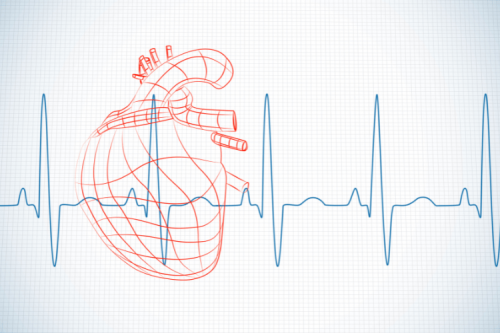
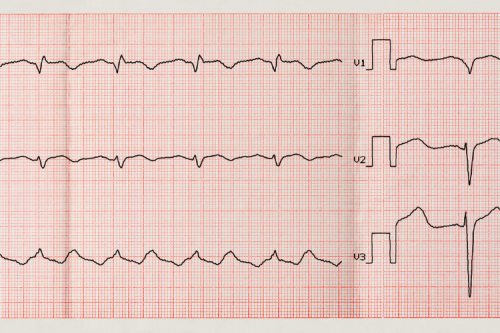

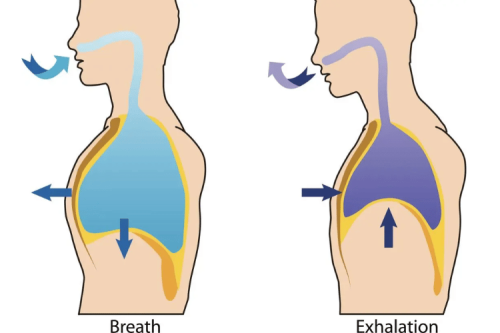
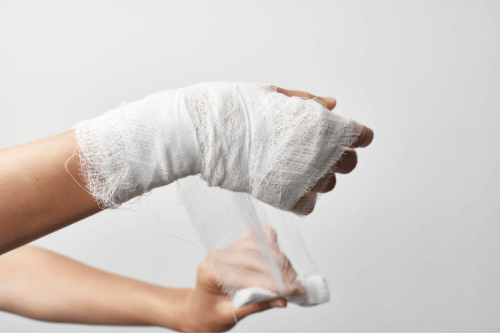
 Login with Google
Login with Google Login with Facebook
Login with Facebook